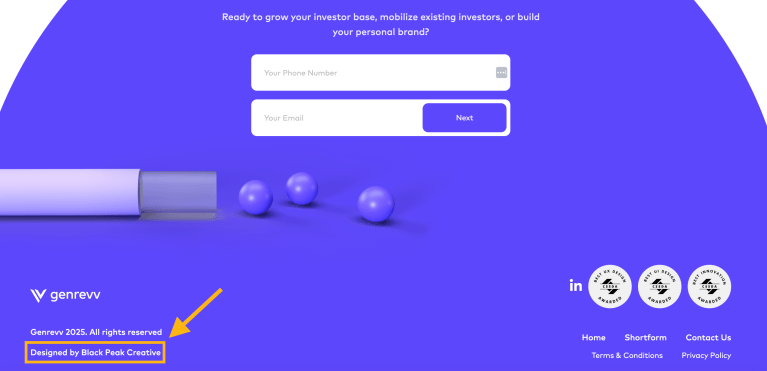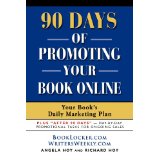“Unlock the Secrets to Crafting a Stunning One-Page Website with WordPress—No Coding Required!”

You can also do this with an SEO plugin like Yoast SEO on plugin-enabled plans.
Additional considerations for one-page websites
Besides the benefits already covered, one-page websites also come with a few limitations to keep in mind as you plan and build.
- SEO challenges: Unlike multi-page websites, you don’t have internal linking to help search engines understand your content better. With only one title tag and limited keyword opportunities, it’s even more important to be clear and focused with SEO efforts. Consider using well-structured headings, concise content sections, and alt text for images to improve your chances of ranking.
- Scrolling fatigue: If your page is too long, visitors might lose interest or miss key information while scrolling. Keep your layout concise and break up content visually using clear sections, white space, and strong headings.
- Limited growth opportunities: One-page sites work best for focused, minimal content. If you later want to add more details, products, or blog posts, you may need to redesign your site or convert to a multi-page layout.
- Tracking user engagement: With everything on one page, it’s harder to know which sections users interact with most. If you’re on a WordPress.com Business plan or above, you can connect your site to Google Analytics and track custom events to monitor scroll depth, button clicks, or form submissions to alleviate this difficulty.
Use one-page websites the right way
One-page websites offer a focused, user-friendly way to share your content—whether you’re building a portfolio, business site, or personal landing page.













